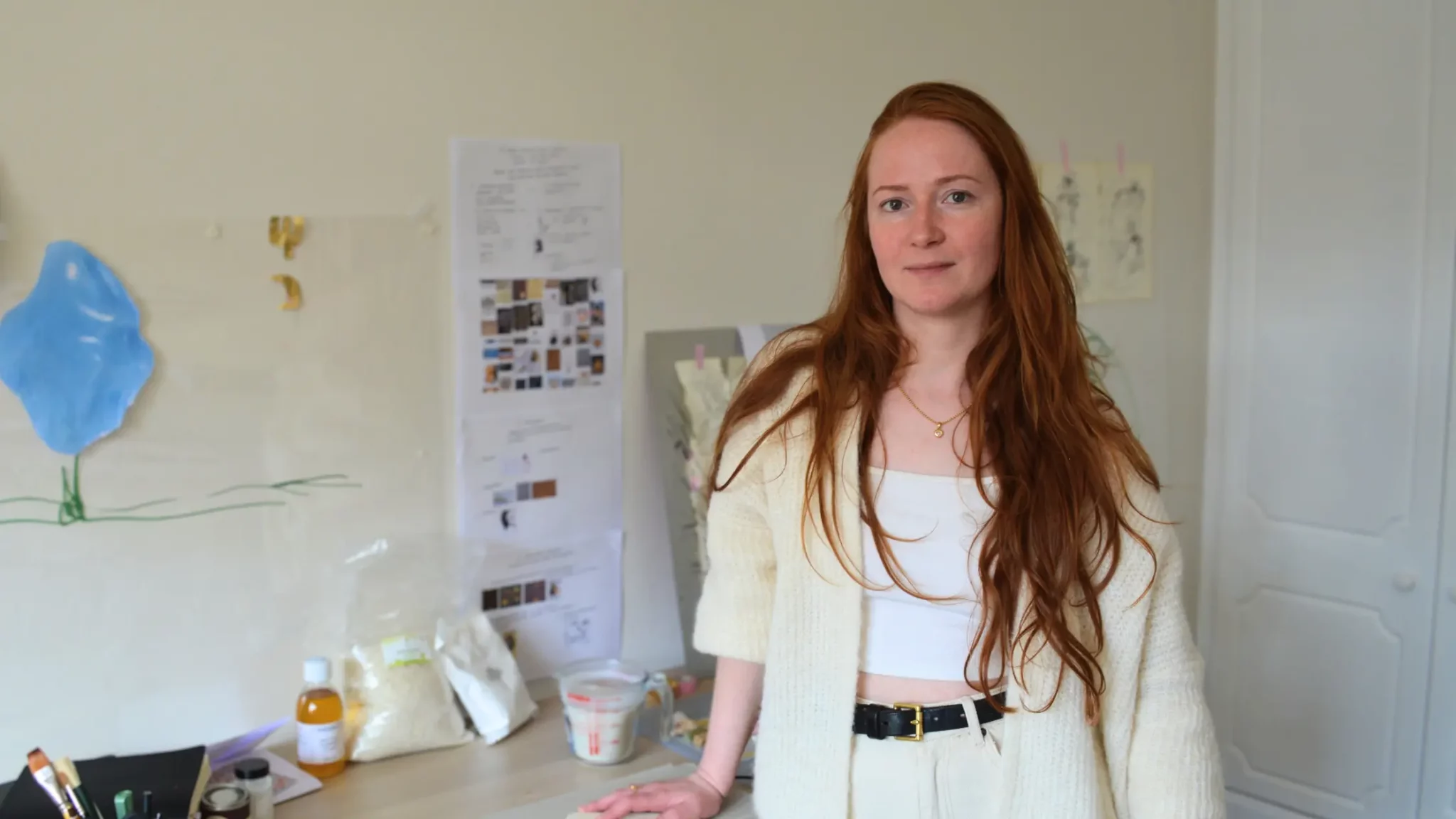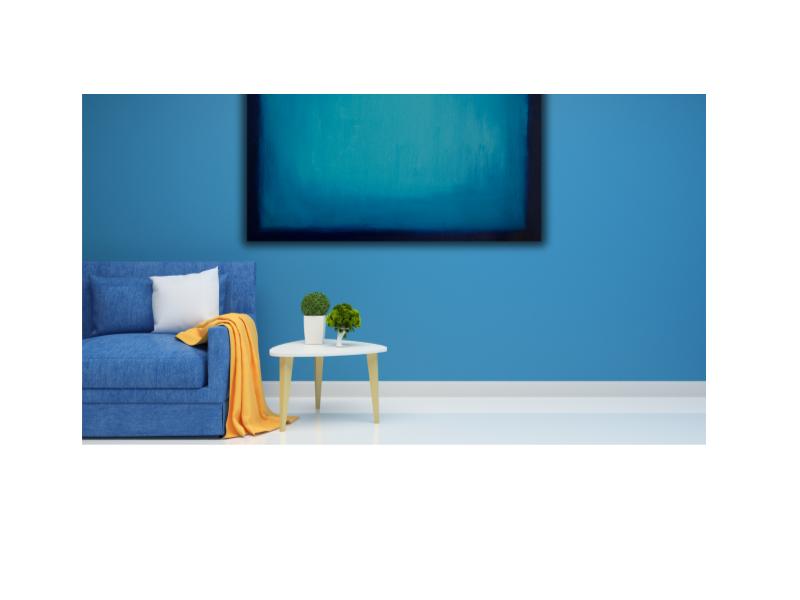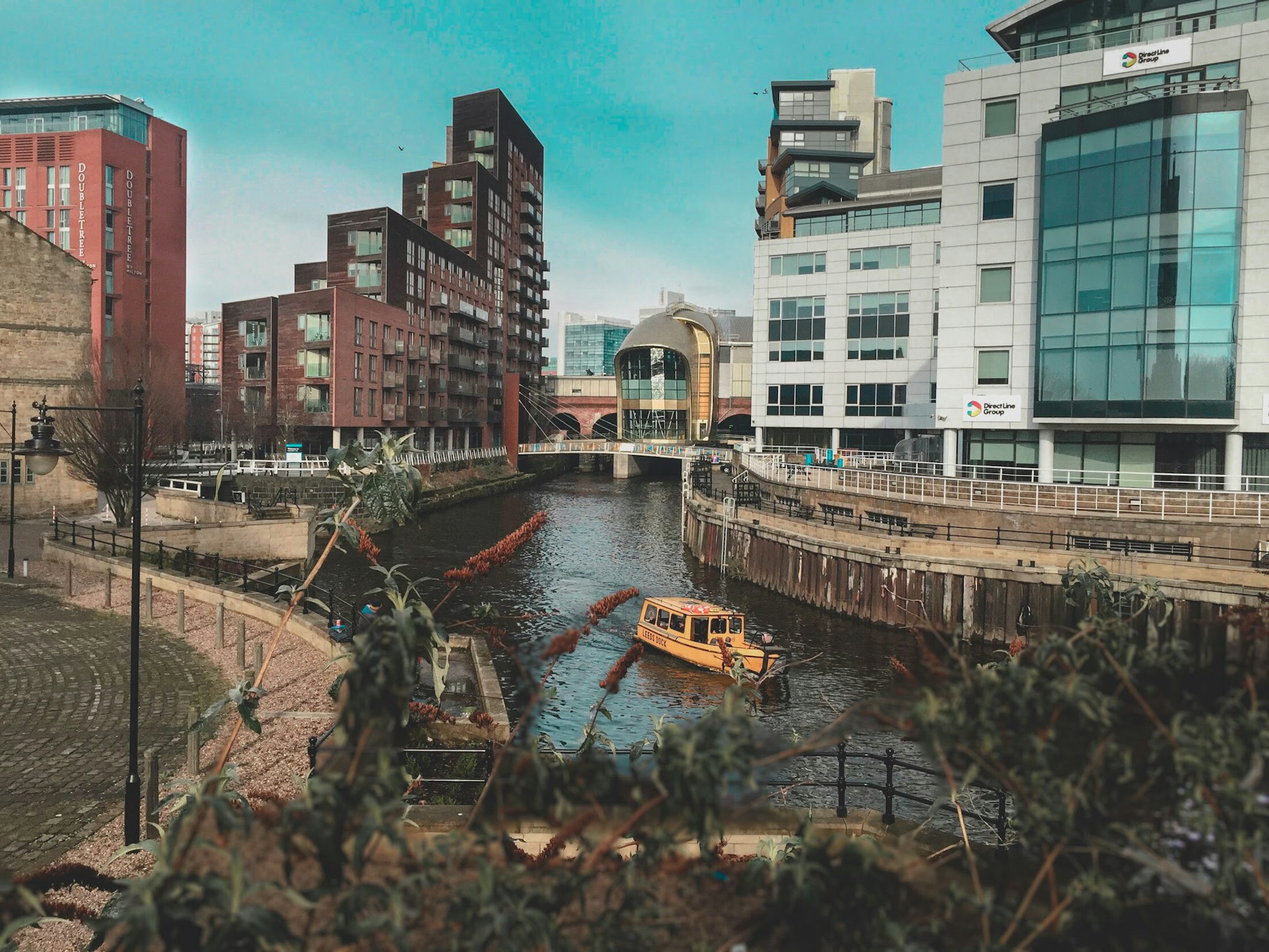By Zoë Goetzmann
Interview with Anya Mokhova – A Glimpse into Creativity
This week on Cosimo Studio Tours, we head to West London to the studio of Anya Mokhova (@anya_mokhova). Anya is an artist who creates artwork from tallow, bee’s wax, soap, gold, and brass. With a passion for art history and media experimentation, her work draws on the traditions of fantasy and mythology, seeking to question the boundaries of the notion of existence: and exploring a narrative between the real and the metaphysical.
In this interview, we have a thought-provoking discussion about Anya’s work, her inspirations, authenticity, art world barriers, and its ‘snobbish elitism’ as well as how we can strive to create more of a community in the art world.
Anya Mokhova holds a Graduate Diploma from Chelsea College of Art & Design. She also holds a Master of Arts Degree from Chelsea College of Art & Design. Some of her most notable art exhibitions include: New Japan (exhibited by Solyanka VPA), The Impossible is Inevitable (exhibited at the Jewish Museum and Tolerance Centre), MYTHS (shown at the 6th Moscow International Biennale For Young Art Parallel Programme) and How Can one Tell the Artist from Her Art (shown at the 7th Moscow International Biennale For Young Art Parallel Programme). Her solo exhibitions include The Intimacy of Vision (exhibited by CUT CUT Gallery) and In the Depths of Reflection (exhibited at the Regency Town House, Brighton). Her works have also been exhibited at the Royal Academy Summer Student Show in 2017.
Currently, she is working on artwork for 4BYSIX – an organisation which, according to their mission seeks “to bring new life” to “retired London buses.” Through this initiative, 4BYSIX looks for artists to create pieces of art using this recycled material.
Listen to the interview in full via our podcast.
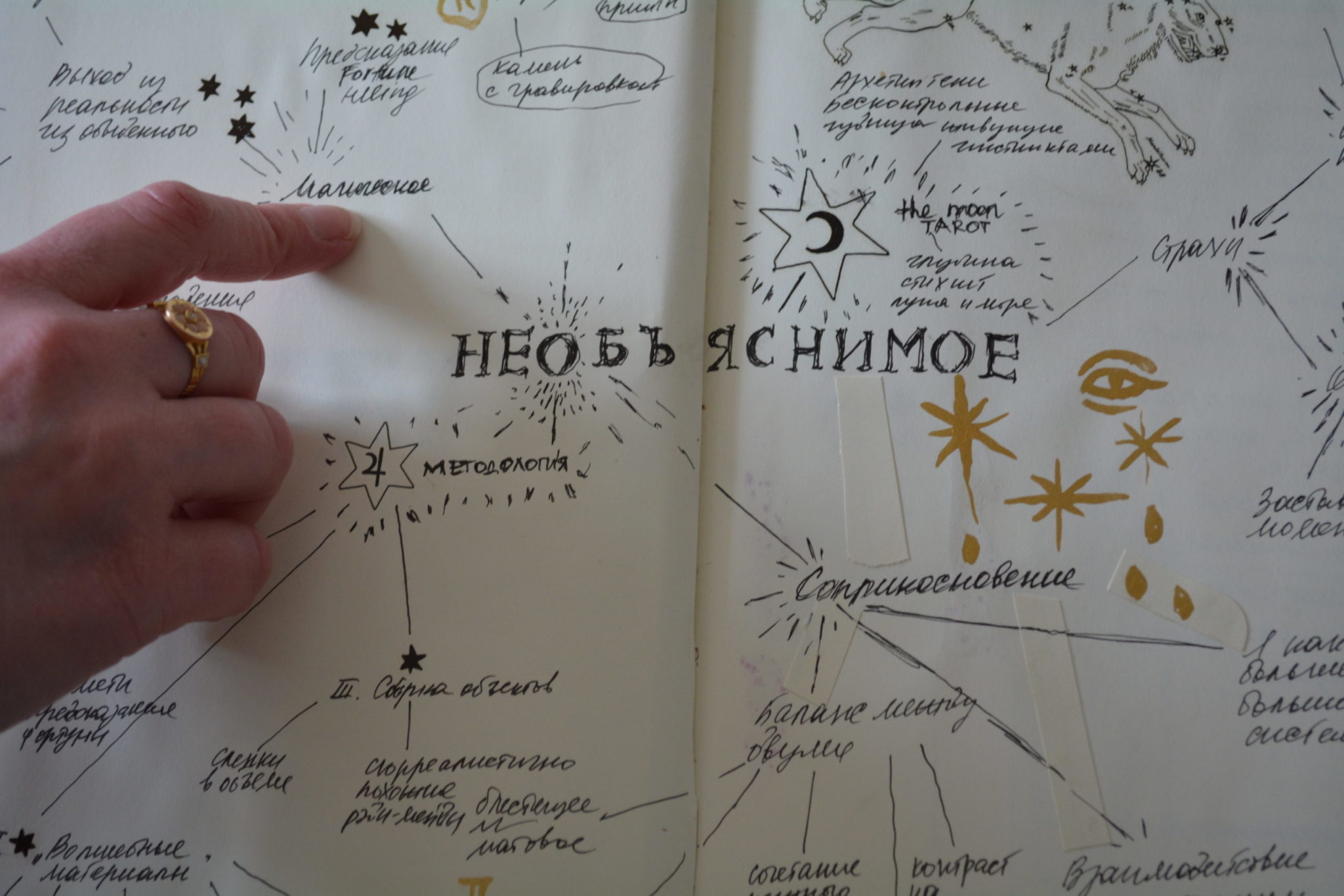
Zoe: Thank you for being here. As always, could you start by telling us your artist’s story? How did you become an artist?
Anya: Thank you for inviting me! So the first thing we’re going to talk about is probably my creative path and how I happened to become an artist.
And as it happens, sometimes with some people, I was just drawing, like from the age of three or four, I was drawing every day.
And that’s what I was enjoying.
Basically, art was my favorite subject in school and kindergarten. So, at some point, as an additional, you know, like courses that you get after school, I applied for an arts school for children. So I was doing that for a few years.
And then at some point, I had to decide on my career path. So as art, at that point in time, seemed very intricate as a profession, so I had to choose something a bit more stable, which was design and architecture.
So that’s how I got my first BA degree, a very classical one from academia. But then I decided that I really wanted to get the contemporary approach to that. So I decided to move to London to study at Chelsea College.
And the first thing I did, I applied for an interior design course. And the director of the course was Peter Stickland.
And he had this particular methodology when you would not design the space with all the layouts and visualizations and images, you would actually create a book with a journey through that space. So everyone was really excited about the conceptual side of that course.
And I decided to go for a master’s. And then during the master’s, with all the fantastic workshops at Chelsea, I really returned to making things by hand, sculpting by hand, working with materials.
And at that point, I just decided that I love to speak and explore ideas about people and the spaces they’re in. But I decided that’s something I want to do through sculpting, through making objects. And that’s how I became an artist.
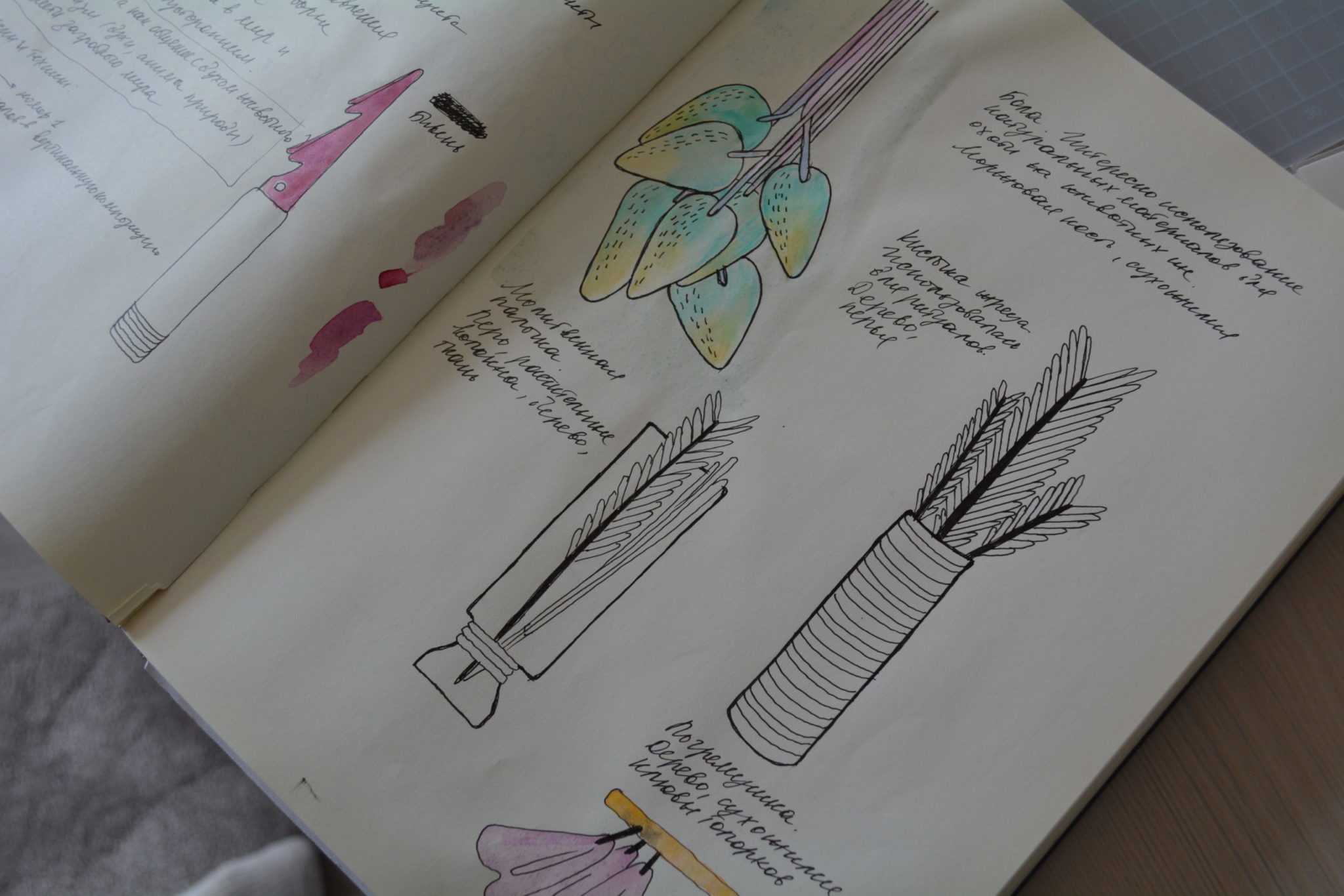
Zoë: Okay, perfect. And can you walk us through your practice? What is your artistic practice, and what media do you work with?
Anya:
So, yeah, like 12 years ago, I started working with wax. And I found it absolutely fascinating. The way it works with temperature, the way it bends when it’s hot, the way you can actually shape and form it with your hands, especially if you put it in hot water.
I was so excited about that material. And at the same time, I was working with metal, so I started working with brass.
And so 12 years ago, these two materials, which I merged together in one sculpture, became probably the foundation of my practice.
So my practice is very much about having a rigid structure. And for that, I would normally use brass sheets or brass rods.
One thing that I love about being an artist is the ability to create fantastical worlds and immerse myself in another reality.
I enjoy working with materials that can transform and appear as something they are not, like soap resembling marble or tallow resembling marble. It allows me to tell stories that are metaphysical, fantastical, and mysterious.
I often draw inspiration from personal events in my life and connect them to mythology and mythical thinking, where people associated themselves with the forces of nature.
For example, in my current project, I explore the mythological ways animals were mummified or connected to mythical creatures or gods. I mix various cultures in my research, not just European mythology.
As for my upbringing, I was influenced by the close connection to myth in the region I come from, where beliefs in creatures from the forest, fields, mountains, and lakes were still present.
It felt like a complete reality to me as a child. Being an artist allows me to embody different narratives and stories, living out my fantasies through my work.
Zoë: That’s wonderful. It really shows how artists have a unique connection to stories and narratives, allowing them to bring their personal experiences and imagination to life.
Now, let’s discuss your experience in art school. Were there any positive lessons or aspects you gained from attending art school? And on the flip side, were there any challenges or negative aspects you encountered?
Anya: I thoroughly enjoyed learning and had a great time in art school. The availability of resources like workshops and libraries was fantastic.
I relished the opportunity to dive into them, sometimes waking up at six in the morning to visit the library or spending hours in the workshop.
Another positive aspect was the sense of community. Surrounding myself with like-minded individuals who share a passion for art and creativity was inspiring. It provided a supportive environment where I could explore my thoughts and ideas.
On the negative side, I found my experience with obtaining an academic degree a bit tedious. The focus was mostly on technical aspects, and there were limited opportunities to explore and express creative ideas.
Originality and authenticity were not actively encouraged. However, I still value having that academic foundation and the ability to draw proficiently.
Despite the limitations, art school allowed me to expand my mind and experiment, which I believe is a fundamental aspect of the artistic journey.
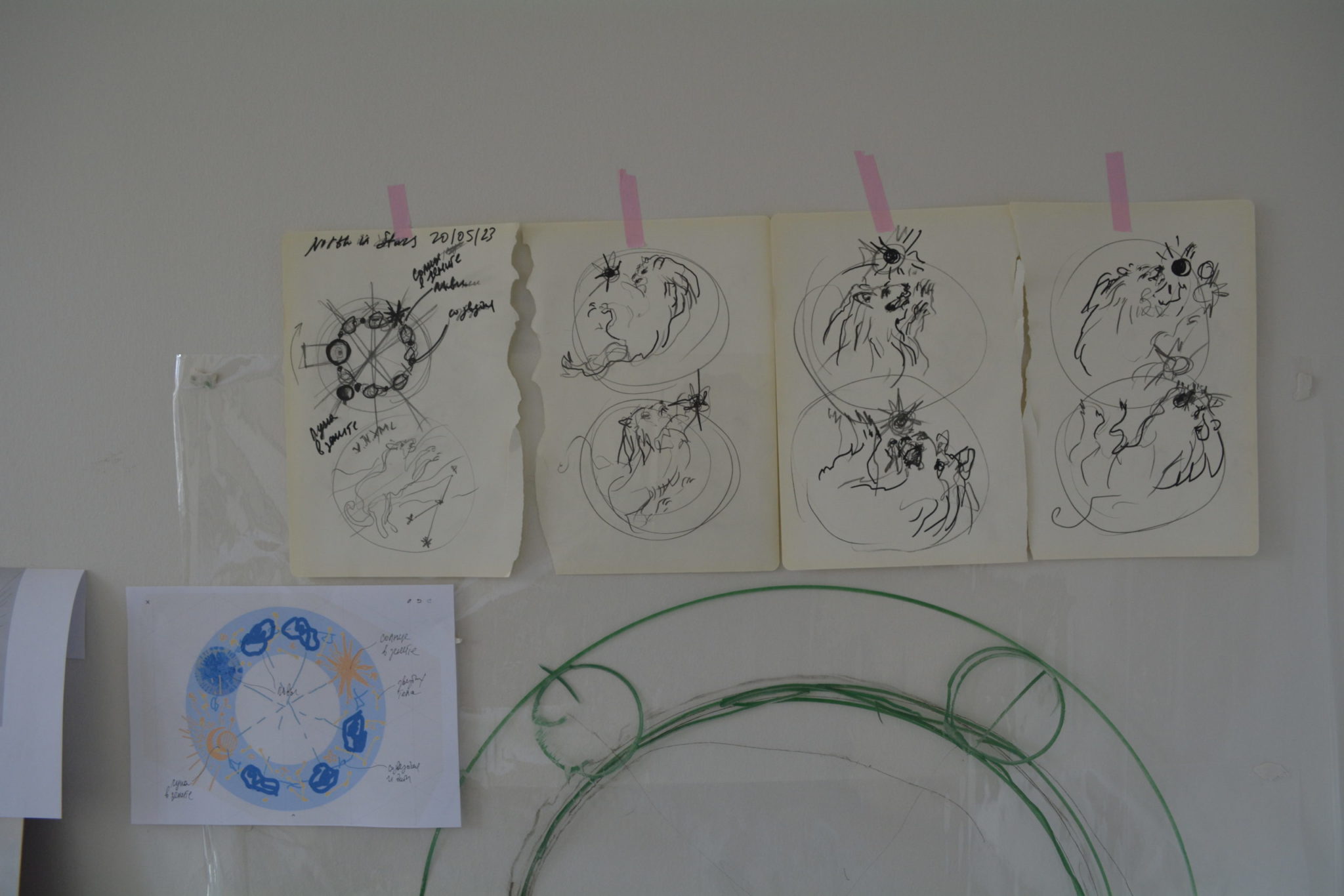
Zoë: If you could pick one thing that you like about being an artist – that can be several – what is one thing that you love about being an artist?
Anya: I think it’s about the freedom to be authentic. You don’t have to conform or fit into a certain mold. You can truly be yourself and explore your true self. I find that really cool, and it’s something that’s hard to achieve in other professions, to be honest.
Zoë: It is very hard. Well, I love that you said that. You’re the second person who mentioned that authenticity is key for artists.
When it comes to your work, how do you find that authenticity?
Anya: I believe it comes through constant experience, just by doing it consistently. Finding your own style, the way you look, the way your work looks, and even the methods you use.
It takes a lot of time and can only be discovered through experimentation. You can’t just sit down and declare, “This is my style.” It evolves through the journey that an artist goes through. In my experience, it has taken many years.
When I started, I used an unusual mix of wax and brass, but as my projects developed, I had to explore and experiment with more materials and techniques.
Over the years, through all these projects, I’ve refined and defined my style. But it’s always a constant process of growth and change.
Zoë: Definitely. And, what is one thing you with people knew about what it was like to be an artist about your the experience of being an artist?
Anya: What I think I think people should really understand is that artists do need support. I’m not talking about just financial things, you know, but actually, sometimes hearing a good word about your work, not being criticized… being supported.
I mean, it’s really nice to hear that what you’re doing – somebody likes that.
And of course, artists, we work from our hearts.
So it’s very sad to hear when somebody’s criticizing your work.
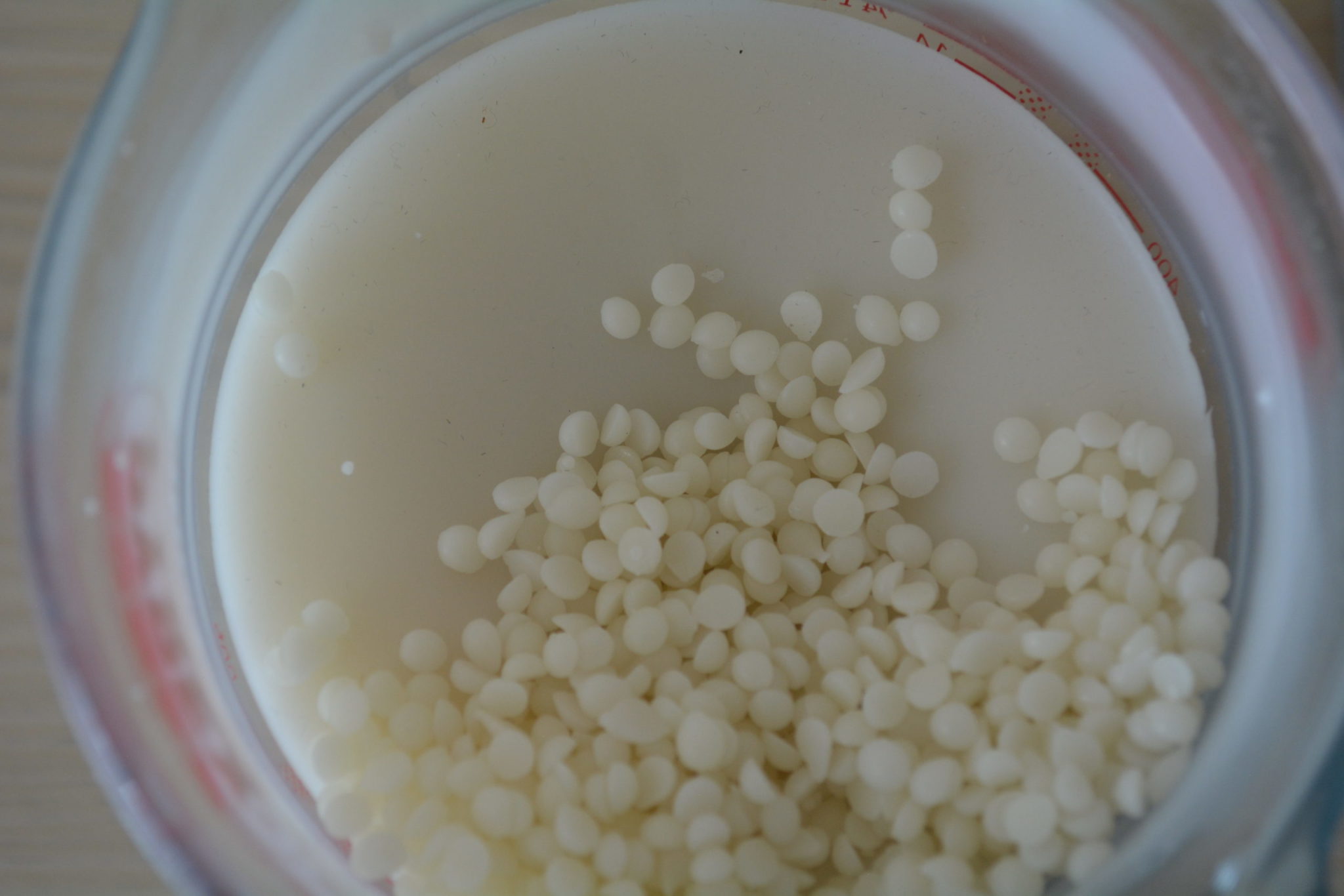
Zoë: Do you have any insights or advice for other emerging artists or people just starting out, about how to navigate the different levels?
Anya: I definitely have some advice for young, emerging artists. To be honest, I always want to emphasize the importance of staying true to yourself.
Building a career as an artist takes time, it’s impossible to become a famous, popular artist who exhibits in galleries and art fairs in just one or two years. You need time to find your own artistic language.
Zoë: And as for your day-to-day practice, because you also work as an educator, how do you balance the artistic and business aspects of your work? How do you manage your day-to-day activities?
Anya: Well, what I do is I try to plan everything out. But the majority of my day is actually spent on communication rather than making art.
I spend time finding projects, applying for grants, competitions, and opportunities. The best part is when I get those opportunities.
I also enjoy working out the logistics, calculating how much I need to spend on materials and organizing everything. I love planning, drawing on my wall, and putting things in order.
But when it comes to the actual creation process, I don’t do everything by hand.
I rely on communication with production sites and places where I can order materials or get work done for me.
So, the majority of my day is spent on the phone or on my laptop. That’s the reality of the job.
Zoë: Is there any other advice that you would give to an artist just starting out and embarking aside from staying true to yourself?
Anya: Experiment. I think that I did find my artistic voice simply because people easily recognize when the work is mine.
Even if it’s made from different materials, they start knowing easily that this is done as work.
So I think this is something that tells me that probably found my voice.
